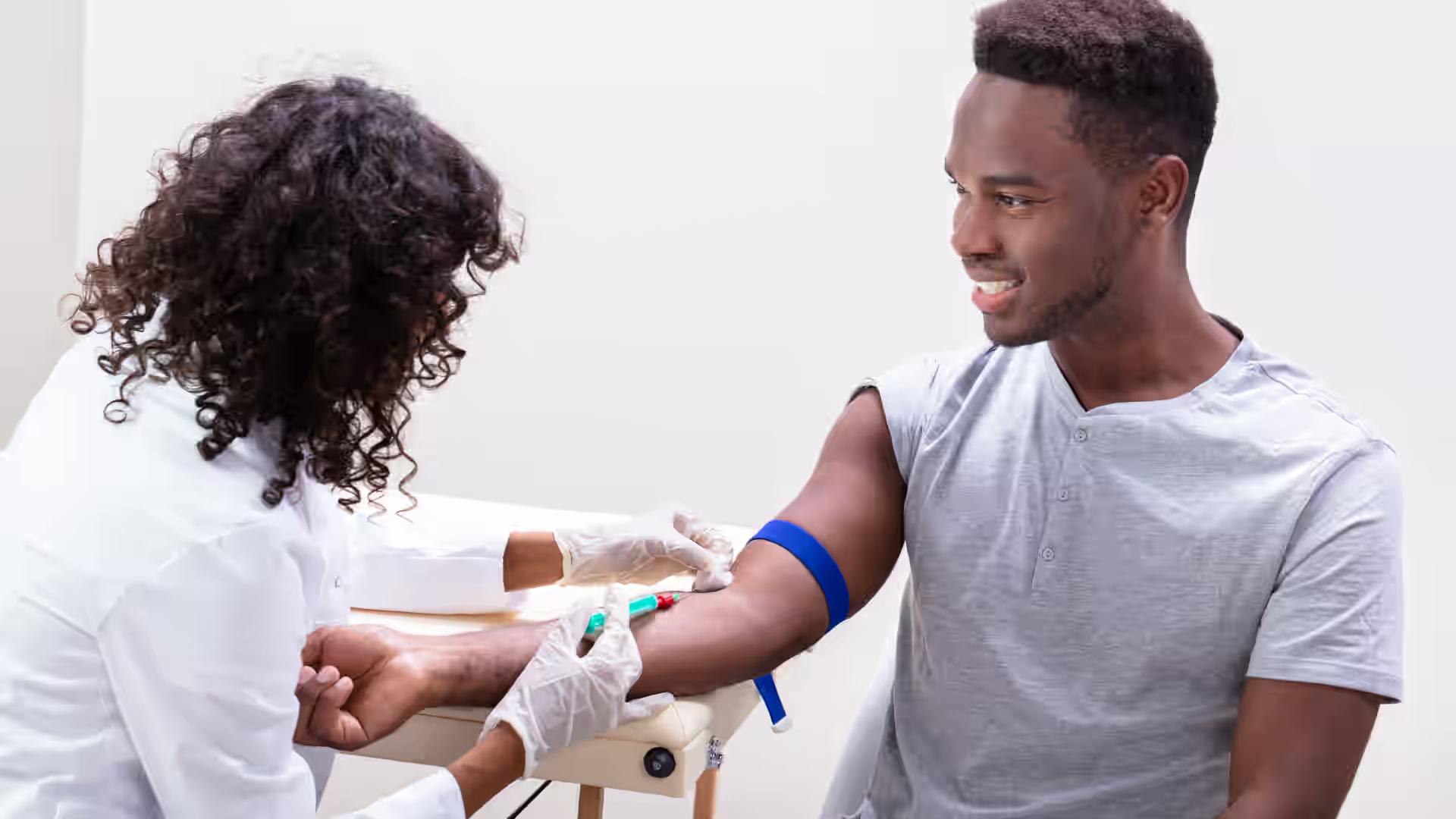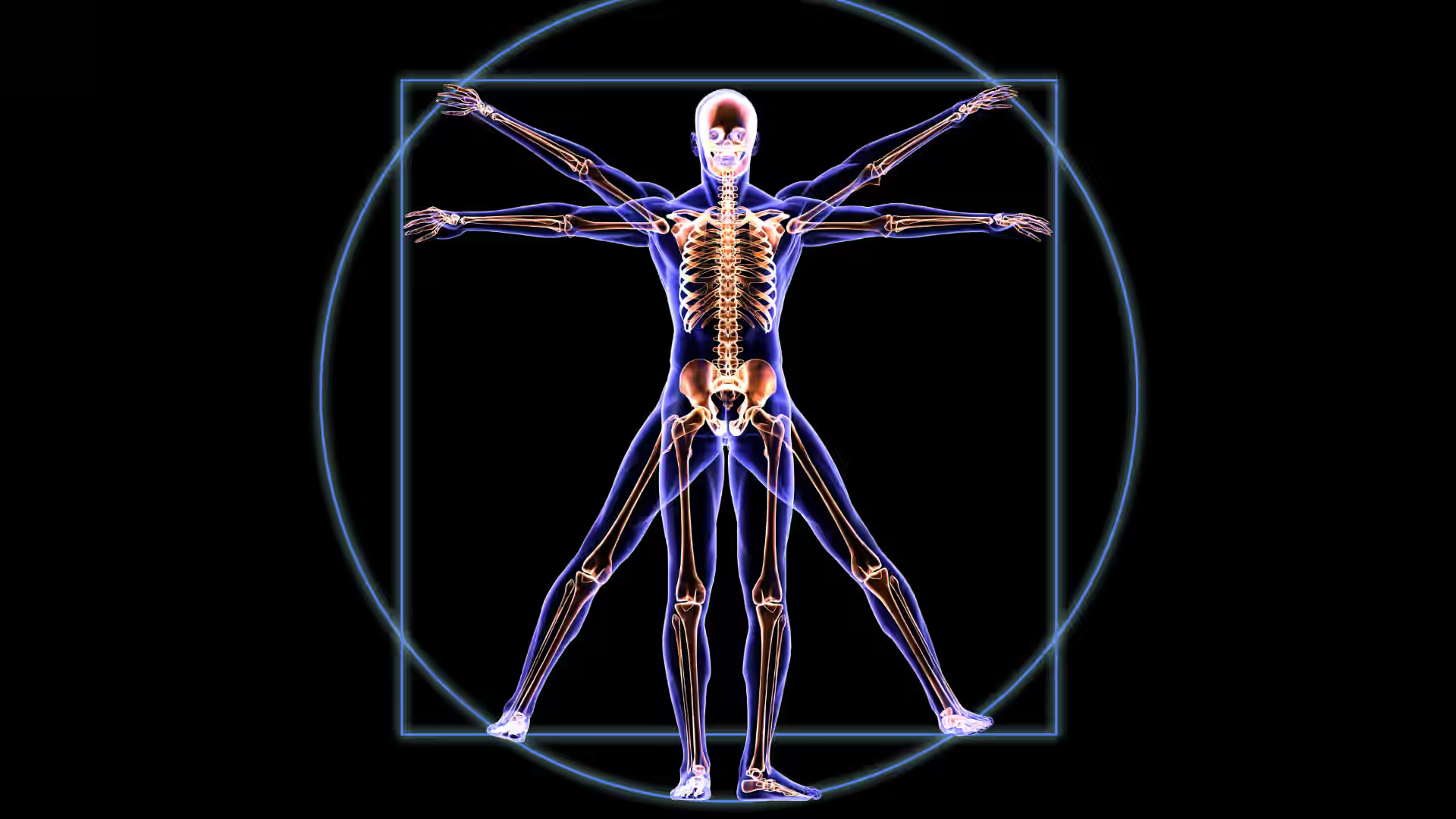For centuries, people have described waking up in the middle of the night, unable to move a single muscle, while a dark, shadowy figure seems to loom over them: this experience is known in medical terms as sleep paralysis.
Sleep paralysis is a temporary condition where the brain becomes conscious before muscle control returns, sometimes leading to vivid, unsettling hallucinations. These vivid and distressing hallucinations are known as “sleep paralysis demons.”
In this article, we will explore the science behind these unsettling experiences, examine the cultural stories that have grown around them, and look at the psychological factors that make them feel so real. Finally, we will provide practical steps to help you or a loved one cope when sleep paralysis strikes.
[signup]
What Is Sleep Paralysis?
While we now understand the science behind sleep paralysis, it has a long and interesting history in folklore.
History and Folklore of Sleep Paralysis
Sleep paralysis has been connected to myths and folklore for centuries, although modern neuroscience provides a physiological explanation for these occurrences.
People used to believe it was caused by evil spirits or creatures like the "Old Hag," a succubus, or nightmare spirits like the dab tsog from Southeast Asia. These beings were said to attack people during sleep, making them feel stuck, unable to move, and scared.
Today, scientists understand sleep paralysis as a natural condition where the brain wakes up during REM (Rapid Eye Movement) sleep. Still, the body stays paralyzed, causing strange visions and a feeling of being trapped between sleeping and waking.
Defining Sleep Paralysis
Sleep paralysis is a temporary condition where a person becomes conscious during sleep but is unable to move or speak due to muscle atonia, a natural part of REM sleep where muscle control is “shut off” temporarily.
Sleep paralysis usually occurs during transitions between sleep stages, such as falling asleep or waking up.
Episodes typically last a few seconds to a couple of minutes. They may involve intense feelings of fear, pressure on the chest, or even hallucinations, like sensing a presence in the room. While it can be frightening, sleep paralysis is harmless.
Most cases of sleep paralysis happen in students, usually peaking by age 30.
Common triggers include stress, sleep deprivation, irregular sleep patterns, certain medications, or conditions like PTSD, panic attacks, narcolepsy, or sleep apnea. Improving sleep habits, managing stress, and reviewing your medications with your doctor may help reduce its frequency.
How Sleep Paralysis Occurs
During normal sleep, our bodies cycle through different stages, including light sleep, deep sleep, and REM sleep.
In REM sleep, we often experience vivid dreams: the body naturally shuts down most muscle activity during REM to prevent us from acting out these dreams. Sleep paralysis happens when the brain wakes up before the body’s muscle control “switches back on" and may cause vivid hallucinations
This mismatch leaves a person fully aware but unable to move or speak, creating a sensation of helplessness. Though scary, these episodes are harmless and usually resolve within seconds to minutes.
Symptoms of Sleep Paralysis
Symptoms of sleep paralysis can be physical and emotional.
Common symptoms include:
- Inability to move or speak
- Chest pressure or difficulty breathing fully, which is linked to REM atonia rather than actual breathing difficulties
- A racing heartbeat
- A sense of dread or intense fear
Emotionally, sleep paralysis can be overwhelming. People often feel panicked because their body is frozen, even though their mind is active.
What Is the Difference Between Sleep Paralysis, Night Terrors and Nightmares?
Sleep paralysis, night terrors, and nightmares are all types of parasomnias. Parasomnias are sleep disorders that cause unusual behaviors, movements, or experiences during sleep or when waking up, like sleepwalking, night terrors, and acting out dreams during REM sleep.
Definitions
Sleep Paralysis: a condition where you wake up or fall asleep but can’t move or speak because your body is still in REM sleep muscle paralysis. It often comes with vivid hallucinations or a sense of fear and lasts a few seconds to minutes.
Nightmares: disturbing, vivid dreams during REM sleep that involve threats or danger. You wake up fully alert, remember the dream, and may feel anxious or afraid to go back to sleep.
While everyone has an occasional nightmare, nightmare disorder is a diagnosable sleep condition where people have repeated, upsetting dreams during REM sleep that often involve scary or threatening situations, causing distress, fear of sleeping, and problems in daily life.
Night Terrors: sudden episodes of intense fear during deep non-REM sleep. Common in children, they involve screaming or thrashing, and the person usually doesn’t wake up fully or remember the event.
These are distinct conditions that often require different treatment approaches.

Understanding Sleep Paralysis Demons
"Sleep paralysis demons" are scary hallucinations that some people experience during sleep paralysis. These hallucinations often include:
- Feeling like someone threatening is in the room (called the "intruder")
- Feeling pressure on your chest or trouble breathing (the "incubus")
- A strong sense of fear or panic
Even though it might feel like something supernatural is happening, these experiences are caused by your brain being alert while your body is still in a sleep-like state. They can feel real and frightening, but they aren't dangerous and usually go away alone.
The Science Behind the "Demon” Phenomenon
"Sleep demons" or scary presences can be scientifically explained as vivid hallucinations that happen when your brain is in a mix of sleep and wake states during REM sleep.
During this time, your body is paralyzed to prevent acting out dreams, but if you wake up before the paralysis ends, your brain may misinterpret sensations. This involves the amygdala, which processes fear, and serotonin 2A receptors, which can create scary visuals. Stress, anxiety, and cultural beliefs also influence how these experiences feel.
Although terrifying, they are harmless and shaped by how your brain tries to make sense of the moment.
Causes and Triggers of Sleep Paralysis
Sleep paralysis can be caused or influenced by internal and external factors.
Biological Causes
Biological causes of sleep paralysis include:
Sleep Cycle Disruptions
Problems arise when the smooth flow from one sleep stage to another gets disturbed. Examples include:
- Irregular Sleep Patterns: shifting bedtimes can confuse the body's internal clock and destabilize sleep cycles.
- Sleep Disorders: conditions like narcolepsy or sleep apnea can cause abnormal sleep cycles.
When your brain partially wakes up during REM sleep, your body can remain in muscle shutdown mode.
Genetic Predispositions
Sleep paralysis occurs more often in certain families, suggesting a genetic link. If one sibling experiences it, another might, too. However, genes alone don’t guarantee it will happen. The environment still plays a major role.
External Triggers
External triggers for sleep paralysis include:
Stress and Sleep Deprivation
- Stress: anxiety and worry can make the mind hyperactive at night, increasing the odds of waking up during REM.
- Sleep Deprivation: not getting enough rest means your sleep cycles might be disorganized, causing abrupt awakenings.
Substance Use and Medications
Some prescription drugs, recreational substances like alcohol, or even caffeine can disrupt normal sleep architecture. This disruption sometimes puts people in a half-awake, half-asleep condition, which can trigger paralysis.
Coping With Sleep Paralysis and Demonic Hallucinations
Sleep paralysis is a common phenomenon that can be managed effectively through a combination of lifestyle modifications, therapeutic interventions, and, in some cases, medications.
Non-pharmacological methods are the first-line approach, with pharmacological and emerging treatments reserved for recurrent or distressing cases.
Non-Pharmacological Interventions
These first-line treatments include:
Sleep Hygiene Improvements
- Maintain a consistent sleep schedule with 7–9 hours of rest each night.
- Optimize the sleep environment to be dark, quiet, and cool.
- Avoid stimulants like caffeine, nicotine, and alcohol near bedtime.
- Limit electronic device usage before bed to reduce sleep disruptions.
Stress and Anxiety Management
- Practice relaxation techniques such as mindfulness, meditation, or deep breathing exercises.
- Address emotional stress or trauma through counseling or therapy.
Positional Adjustments
- Sleep on your side rather than on your back: sleep paralysis episodes are more common in the supine position.
Cognitive-Behavioral Therapy (CBT)
- Tailor sleep hygiene advice specific to sleep paralysis
- Learn techniques to disrupt episodes and manage hallucinations, such as focusing on small movements or controlled breathing
- Reframe catastrophic thoughts to reduce anxiety associated with sleep paralysis episodes
- Use imaginary rehearsal to simulate the successful resolution of sleep paralysis episodes, reducing fear and recurrence
Education and Reassurance
- Educate patients about the benign nature of sleep paralysis and the hallucinations often experienced during episodes.
- Explain the connection between sleep paralysis, sleep disruptions, and underlying factors like stress or irregular sleep patterns.
Pharmacological Interventions
For individuals experiencing frequent, distressing episodes, healthcare providers may explore additional treatment options:
Antidepressants
Selective Serotonin Reuptake Inhibitors (SSRIs) or Tricyclic Antidepressants (TCAs) can suppress REM sleep and reduce the frequency of sleep paralysis episodes, especially in recurrent cases or those associated with conditions like narcolepsy or anxiety.
Examples: venlafaxine, fluoxetine, and clomipramine
Anti-Anxiety Medications
Medications like alprazolam are sometimes used for anxiety-related sleep disturbances but should only be prescribed under medical supervision and closely monitored.
Stimulants
Prescribed for narcolepsy-related sleep paralysis, stimulants may help improve wakefulness and reduce episode frequency.
Emerging and Experimental Approaches
These newer therapies may support healthy sleep:
Focused Attention Meditation and Muscle Relaxation Therapy (MR Therapy)
Combining meditation with muscle relaxation may reduce the intensity and frequency of sleep paralysis episodes.
Scheduled Awakenings
Timed alarms or vibrations during sleep cycles can help prevent SP in individuals with frequent episodes.
[signup]
Key Takeaways
- Sleep Paralysis Is Harmless but Frightening: sleep paralysis is a temporary condition where your brain wakes up while your body remains paralyzed in REM sleep, often causing vivid hallucinations. Though it feels terrifying, it’s a natural phenomenon and poses no physical danger.
- Triggers and Causes Can Be Managed: common triggers include stress, sleep deprivation, irregular sleep patterns, and certain medical conditions like narcolepsy. Adopting better sleep hygiene, managing stress, and addressing underlying sleep disorders can reduce the frequency of episodes.
- Effective Coping Strategies Include Lifestyle Changes and Therapy: non-pharmacological approaches like maintaining a consistent sleep schedule, relaxation techniques, and cognitive-behavioral therapy are first-line treatments. In severe or recurrent cases, medications like SSRIs or TCAs may be considered, alongside experimental options like meditation or scheduled awakenings.






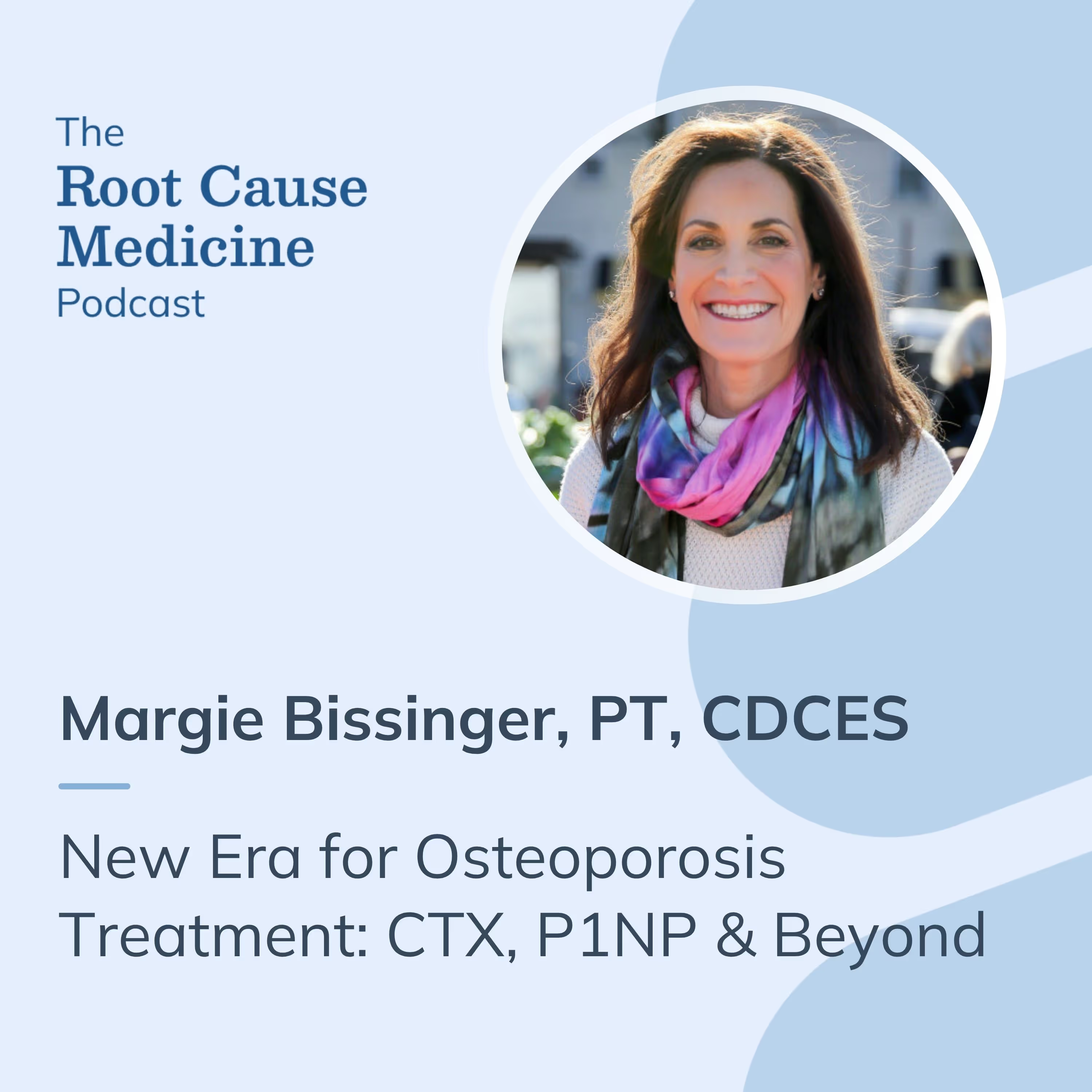
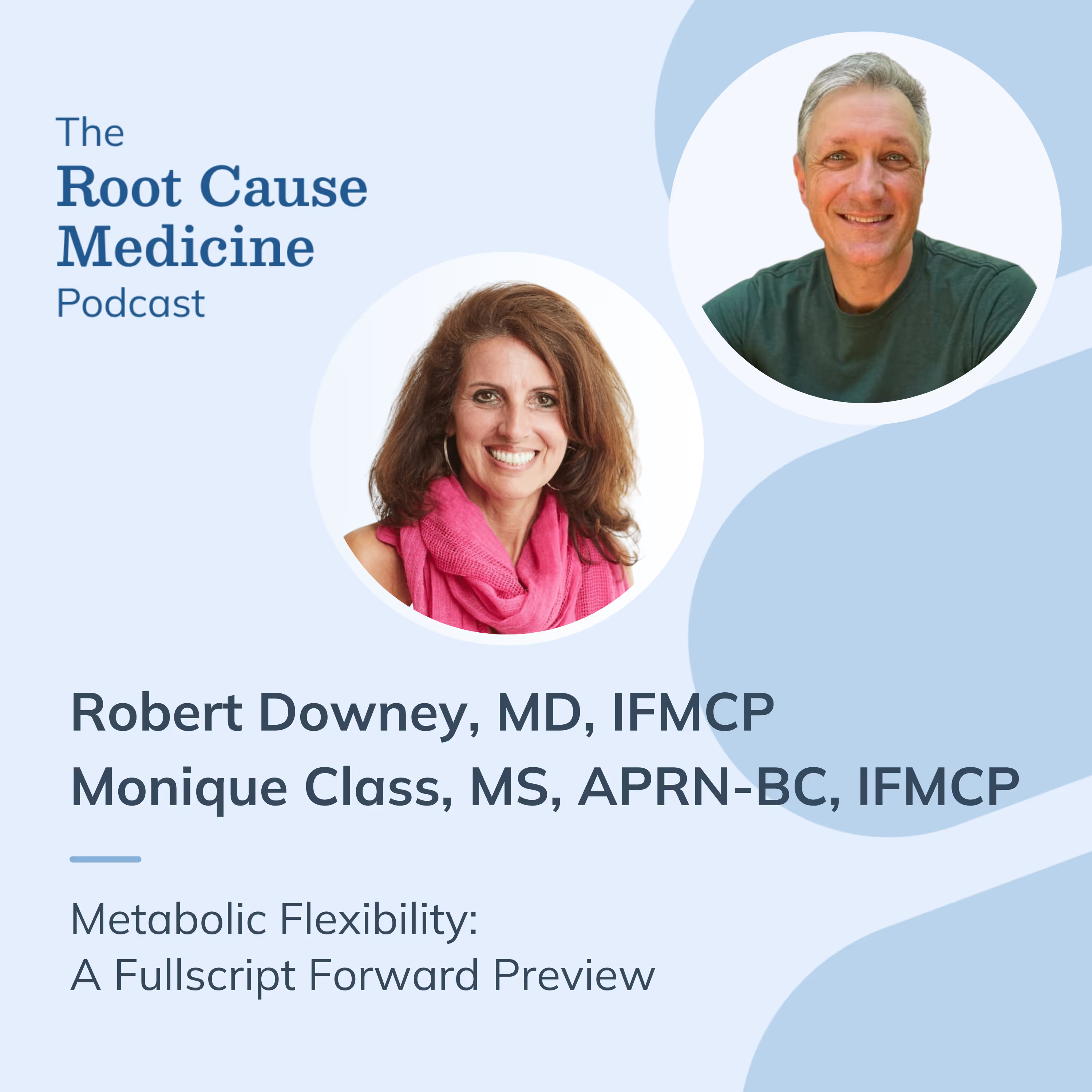
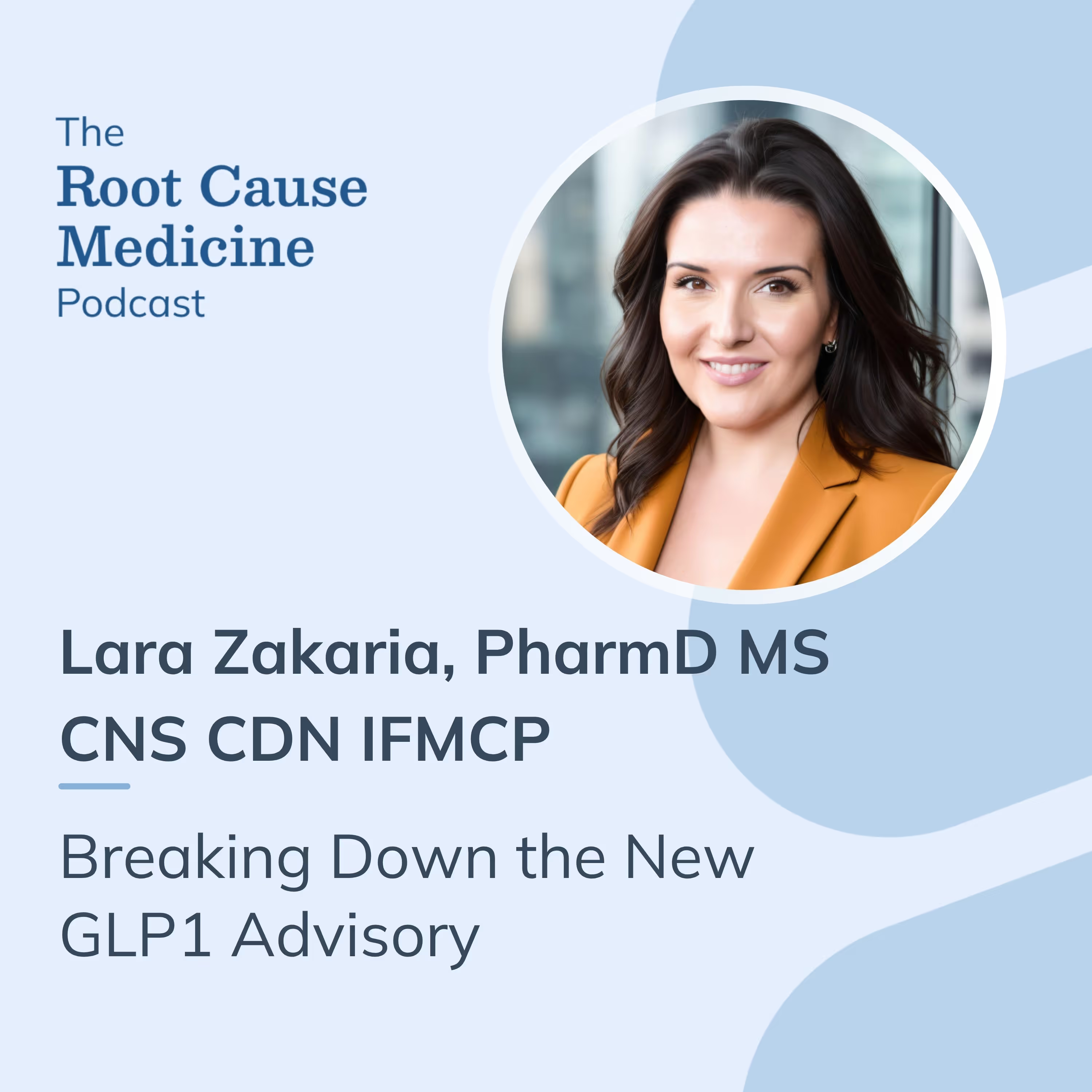
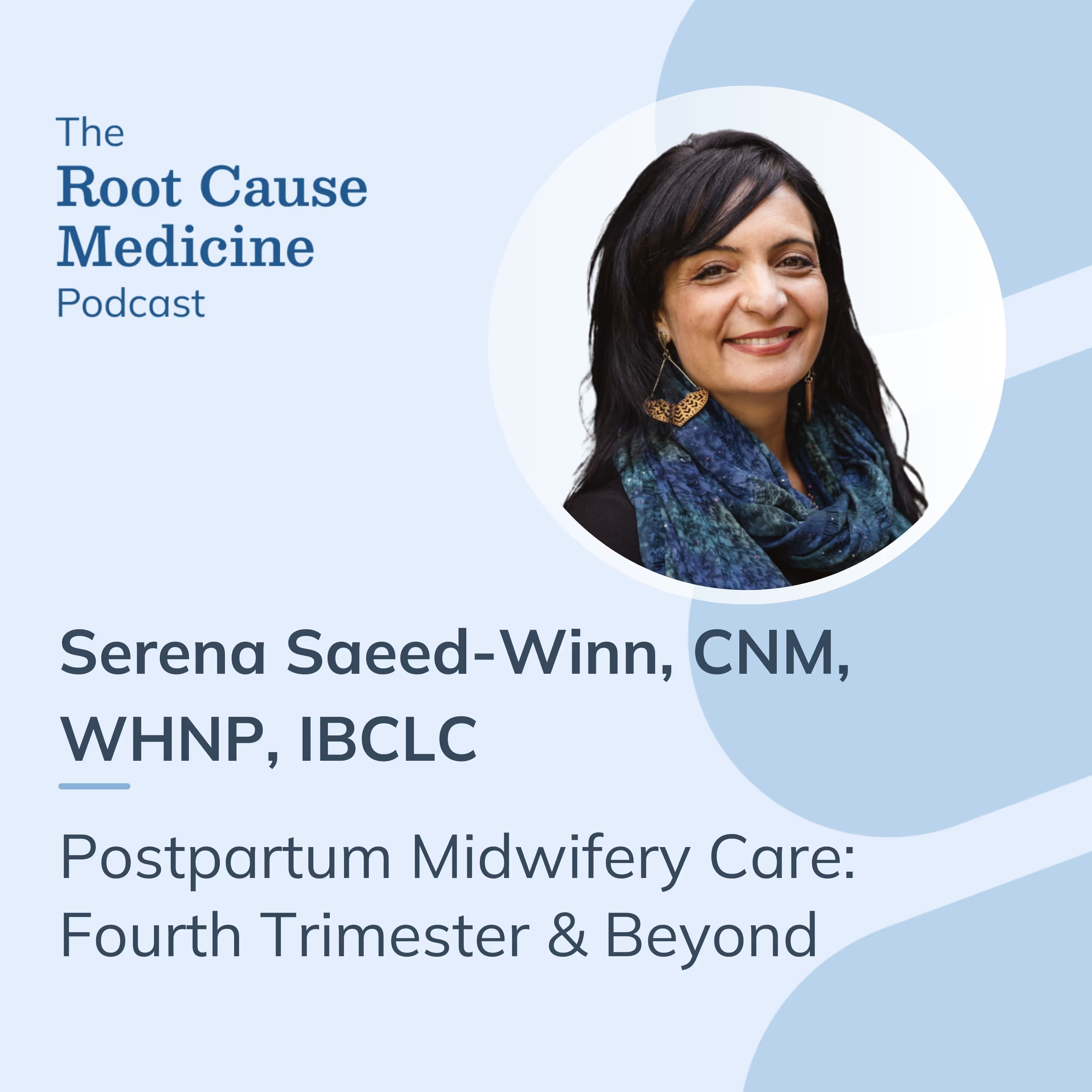


%201.svg)




